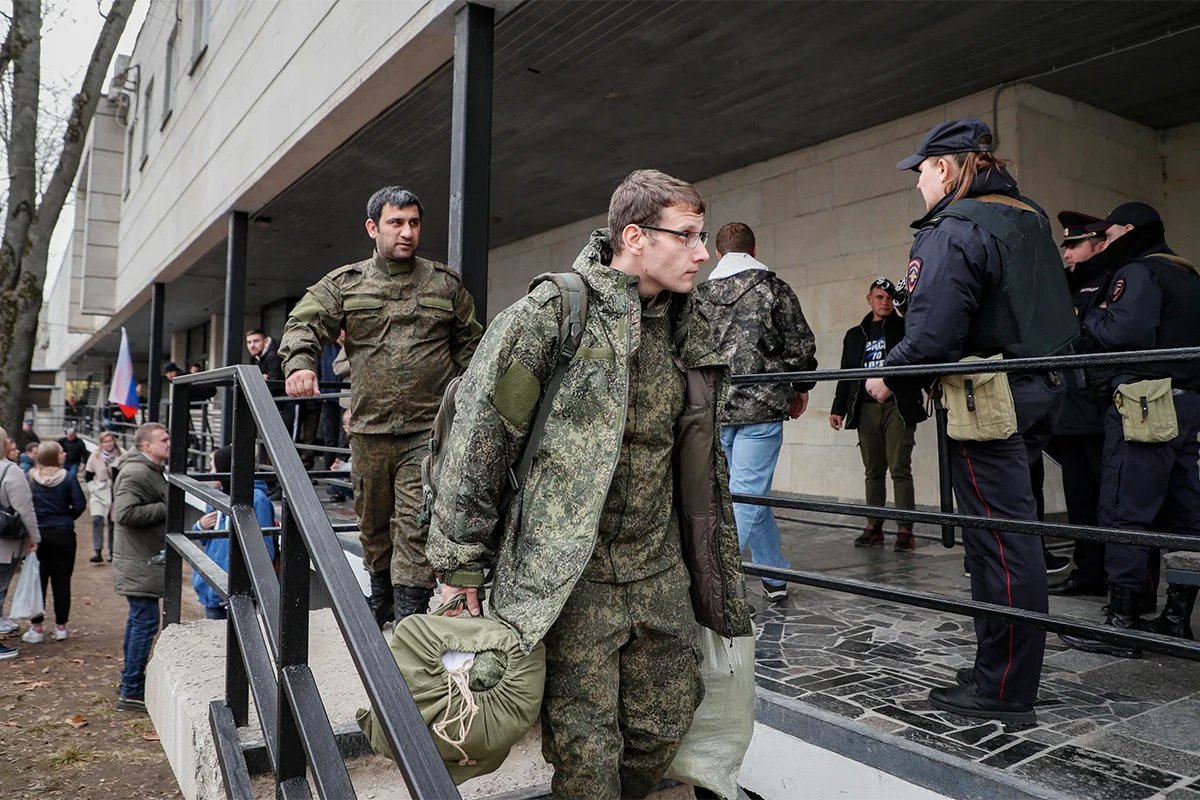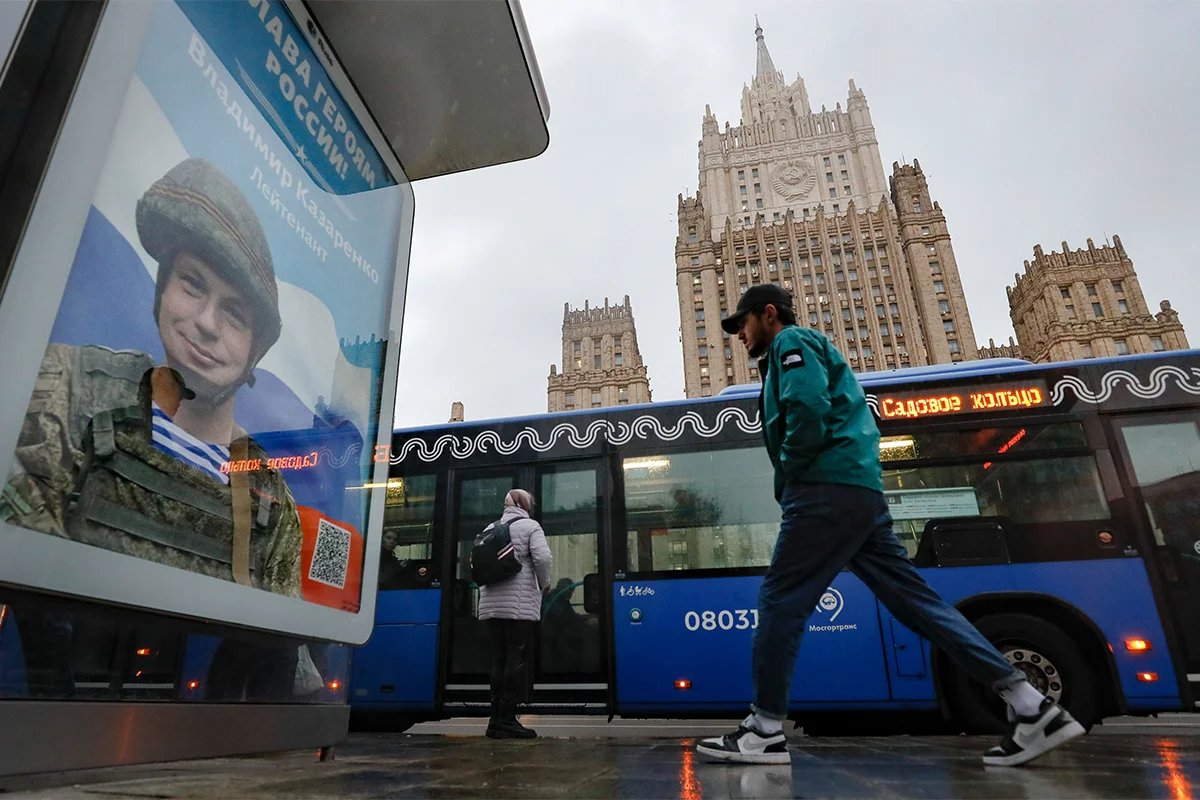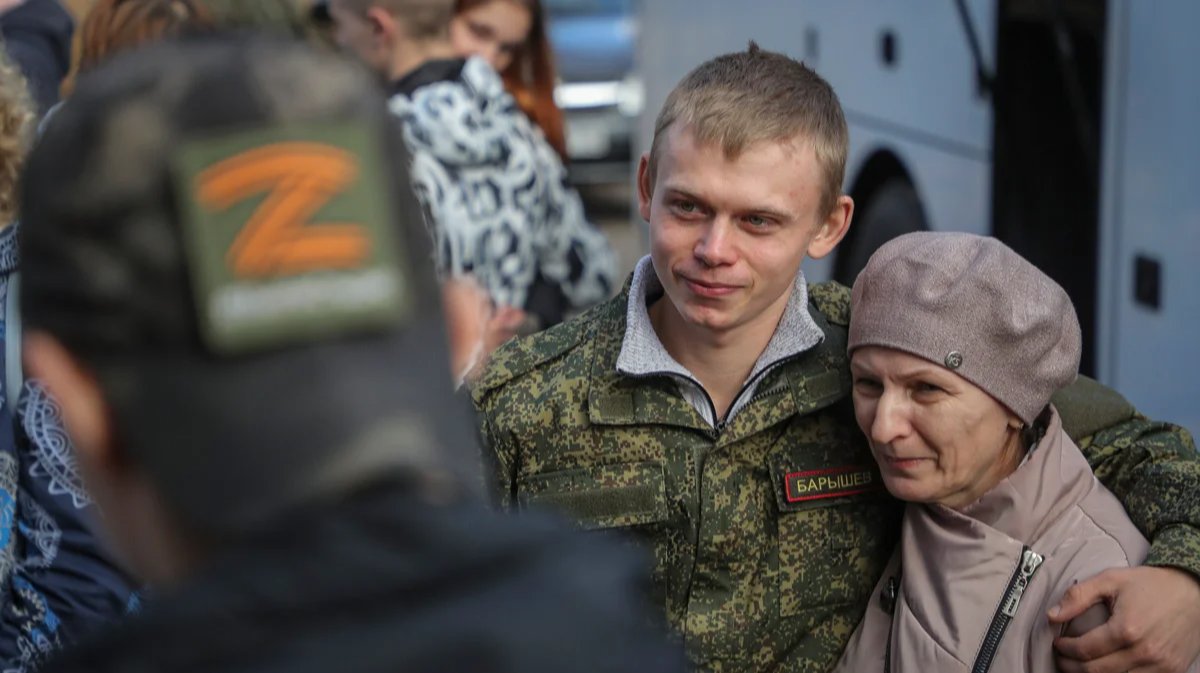As Vladimir Putin begins his fifth term in office, he faces even fewer constraints on his power when deciding how to progress his war in Ukraine, and many now expect there to be a fresh wave of mobilisation, despite its unpopularity with the Russian public.
Most experts Novaya Europe has spoken to agree that a new wave of mobilisation is inevitable in some form, yet opinions differ on when it’s most likely to occur and at what scale.
Following the elections, the Kremlin is most likely to order another “partial mobilisation”, of the type first declared in September 2022, to avoid the social unrest full mobilisation would trigger, according to Andreas Umland, an analyst at the Stockholm Centre for Eastern European Studies.
The Russian authorities fear mass unrest due to rising inflation, regional discontent and a shared sense of war fatigue, Umland said. “The Russian government is eager to avoid the instability of last June,” he added, referring to the attempted mutiny by Wagner Group founder Yevgeny Prigozhin.
Umland said he thought it was also likely the Russian government would introduce a civil mobilisation of the sort seen in the Soviet Union during World War II, whereby all adults are required to work and striking becomes illegal, adding that it would “avoid harming the Russian economy” while also quelling public unrest by keeping men in the workforce.
Other experts thought it unlikely Russia would stop at civil mobilisation. A further 150,000 men could be drafted into the army in the near future under the existing partial mobilisation decree that had remained in force since 2022, according to Grigory Sverdlin of civic resistance project Get Lost, which helps Russian men evade conscription.
Judging by the situation on the front and mounting Russian losses totalling at least 75,000 dead and 300,000 wounded, a new wave of conscription seems inevitable, Sverdlin said.
Any additional push for mobilisation would be supported by the repressive measures used to ensure the last wave of mobilisation went unchallenged, including the amendment of military laws punishing those who fail to report to enlistment offices and the introduction of digital draft notices, Sverdlin added.

Drafted Russians gathered during partial mobilisation in Moscow, 12 October 2022. Source: Yuriy Kochetkov / EPA-EFE
Mass mobilisation
A Russian military analyst who spoke to Novaya Gazeta Europe on condition of anonymity said that the Russian army was planning a summer offensive in eastern Ukraine that would involve advancing on Chasiv Yar, a town near Bakhmut, and then moving towards the northeast, while others spoke of a potential Russian offensive aimed at taking Ukraine’s second city Kharkiv. For either scenario, the Russian military would require an additional 300,000-400,000 troops, numbers that could only be met by further mobilisation.
“The best backdrop for negotiations is a major military success,” says Mikhail K., the commander of a Russian mercenary group, explaining that a summer offensive would likely depend on there being the realistic prospect of peace talks.
“Mobilisation is necessary for a new offensive, since there are not currently enough conscripts,” he said, predicting that a fresh wave of mobilisation could be announced by late April or mid-May.
Military analyst Kirill Mikhailov agrees that Russia would need to mobilise hundreds of thousands of extra troops in order to launch a large-scale offensive, which makes a new wave of mass mobilisation very likely.
Yet the “partial mobilisation” of 2022 showed that the Russian military was simply unable to handle the processing of more than 300,000 recruits at once, Mikhailov said. “If they try to draft more than that, there will be chaos”.
The second problem with mass mobilisation is that the Russian army can train a maximum of 150,000 soldiers in any one period of conscription, Mikhailov said, adding that the Russian army would therefore be taking a major risk by leaving so many new recruits poorly prepared for the front line.
The Russian army also lacks modern equipment, Mikhailov noted, with outdated Soviet era-tanks such as the T-62 and T-55 still widely used on the battlefield.
According to military researcher Richard Verreker, the Russian military currently has around 2,000 infantry fighting vehicles, which can transport a maximum of 20,000 servicemen. Putin has claimed to have over 600,000 troops in Russian-occupied Ukraine: even if only a tenth of this number was present in the line infantry, it is several times too many than current military equipment can provide for.
The majority of soldiers will only receive the most basic equipment, namely small arms, anti-tank grenade launchers and, most likely, second-rate personal protective equipment, Mikhailov said, noting that without the tanks to protect them, mobilised soldiers would be likely to end up in “rifle corps” which disappeared from the Red Army in the 1950s.
Recruiting, not conscripting
The Russian army enlisted over 540,000 contract soldiers in 2023, according to Defence Minister Sergey Shoigu. Despite the fact that these figures could be greatly exaggerated, Israeli military expert David Sharp believes that the Russian army recruited enough contract soldiers to hold its positions amid a Ukrainian counteroffensive last summer, even enabling it to carry out attacks in the area around Avdiivka, a town that finally fell to Russian troops earlier this year.
Despite the massive losses in the Battle of Avdiivka, where according to some reports at least 16,000 soldiers were killed, the Russian army seems to be able to replenish its ranks despite no mass mobilisation being declared — which suggests that it has managed to devise a workable recruitment strategy for professional soldiers, Sharp explains.
“The Russian army is attracting recruits with large financial incentives. Even at a local level, regional authorities are promising hundreds of thousands of rubles to those who enlist,” Sharp said,
noting however that with time, the number of men opting to join the military was likely to dwindle, which would make a new wave of mobilisation more likely.
“When they are no longer getting enough recruits to replace their casualties, the government will need a new wave of mobilisation to make up for the shortage of soldiers,” Sharp predicted.

“Glory to the heroes of Russia.” A poster with a soldier and slogan outside the Russian Ministry of Foreign Affairs, Moscow. 17 October 2022. Source: Yuri Kochetkov / EPA-EF
The prospects of mobilisation also depend on Western aid to Ukraine, as it’s simultaneously instrumental in supporting the Ukrainian forces and key to whether Russia renews its offensive, according to Stefan Wolff, Professor of International Security at the University of Birmingham. If Ukraine is unable to secure more aid from the West, as a €70 billion aid package currently struggles to win Congressional approval, Russia is likely to maintain rather than intensify its current pace on the front line, meaning there would be no need for a fresh wave of mobilisation, Wolff added.
On the contrary, if Ukraine secures another package of Western aid or renews its own mobilisation, Russia will need to draft more troops both to maintain its positions and as a show of strength to intimidate Ukraine into making concessions in the event of peace talks, Wolff noted.

